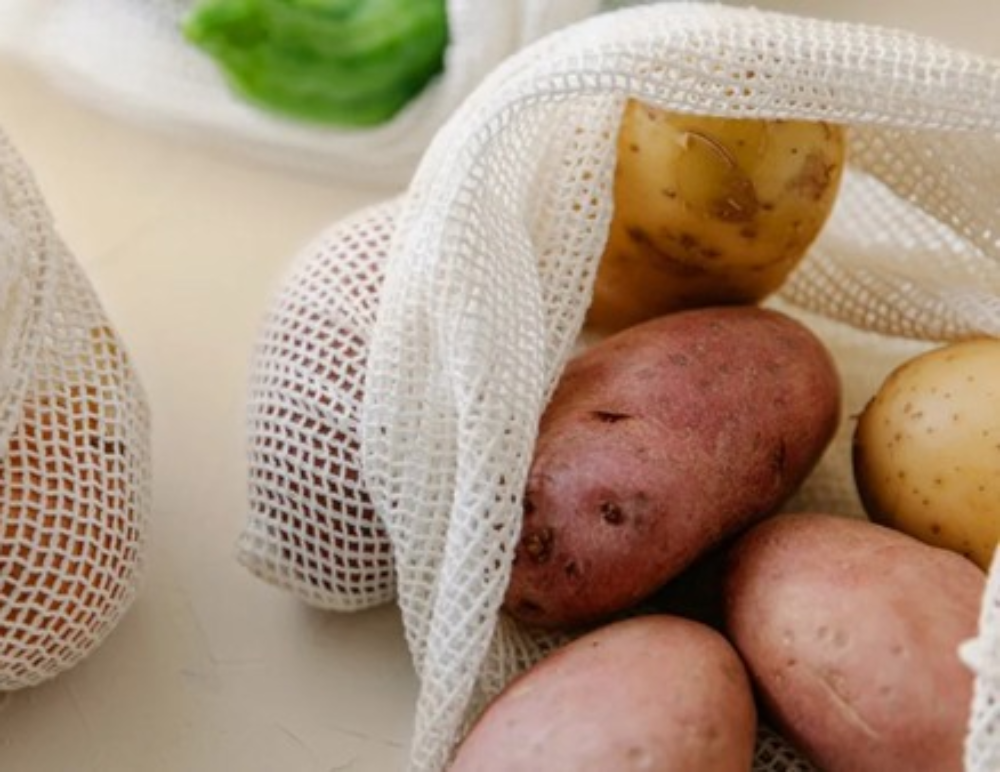We use cookies to help provide you with the best possible online experience.
By using this site, you agree that we may store and access cookies on your device. Cookie policy.
Cookie settings.
Functional Cookies
Functional Cookies are enabled by default at all times so that we can save your preferences for cookie settings and ensure site works and delivers best experience.
3rd Party Cookies
This website uses Google Analytics to collect anonymous information such as the number of visitors to the site, and the most popular pages.
Keeping this cookie enabled helps us to improve our website.
Carbohydrates
What are carbs and which ones should we chose to eat?
Carbs, or carbohydrates, are molecules that have carbon, hydrogen, and oxygen atoms.
Plants make glucose during photosynthesis and then turn this into a wide range of carbohydrates which they use for energy, to grow into larger plants and to store for future use.
In nutrition, the word “carbs” refers to one of the three macronutrients. The other two are protein and fat.

Main Categories
Dietary carbohydrates have three main categories:
- Sugars. These are sweet, short-chain carbohydrates found in foods. Examples are glucose fructose, galactose, and sucrose.
- Starches. These are long chains of glucose molecules, the simplest of which is starch, and they eventually get broken down into glucose in the digestive system.
- Fiber. Humans cannot digest fibre, but the bacteria in the digestive system can make use of some types. Plus, eating fibre is vital to your overall health.
One of the primary purposes of carbohydrates in our diet is to provide fuel for our bodies.
Most carbs get broken down or transformed into glucose, which can be used as energy. Carbs can also be turned into fat (stored energy) for later use.
Fiber is an exception. It doesn’t provide energy directly, but it does feed the friendly bacteria in the digestive system. These bacteria can use the fibre to produce fatty acids that some of our cells can use as energy
Sugar alcohols are also classified as carbohydrates. They taste sweet but usually don’t provide many calories so are often used in ‘sugar free’ foods.
Summary
Carbohydrates are one of the three macronutrients. The main types of dietary carbohydrates are sugars, starches, and fibre.

‘Whole’ vs. ‘refined’ carbs
Though there is a lot of information floating around about carbs, keep in mind that not all carbs are created equal. There are many different types of carbohydrate-containing foods, and they can vary in their health effects.
Carbs are sometimes referred to as “simple” versus “complex” or “whole” versus “refined.
Whole Carbs
Whole carbs are minimally processed and contain the fibre found naturally in the food, while refined carbs have been processed more and have had the natural fibre removed or changed.
Examples of whole carbs include:
- vegetables
- quinoa
- barley
- legumes and pulses
- whole grains
- steel cut or whole oats
- beans
- Potatoes – but these are broken down very quickly to sugar in the digestive system.
On the other hand, refined carbs include:
- sugar-sweetened beverages
- white bread
- pastries
- other items made with white flour eg noodles, pizza, pasta
- Many sweetened breakfast cereals
Numerous studies show that refined carbohydrate consumption is associated with health conditions like obesity and type 2 diabetes. Refined carbohydrates tend to cause spikes in blood sugar levels because the body breaks them down into glucose very quickly, which can lead to a subsequent crash that can trigger hunger and lead to food cravings.
They’re usually also lacking in many essential nutrients. In other words, they’re “empty” calories. There are also added sugars, which should be limited as diets high in added sugars are linked to an increased risk of many different chronic diseases.
While it is important to limit refined carbs and added sugars, whole carbs can be part of a balanced diet. Whole food sources of carbohydrates are loaded with nutrients and fibre and don’t cause the same spikes and dips in blood sugar levels.
Numerous studies on high fibre carbohydrates, including vegetables, fruits, vegetables, and whole grains, show that eating them is linked to improved metabolic health and a lower risk of disease.
Summary
Not all carbs are created equal. Refined carbs are linked to obesity and metabolic diseases, but whole carbohydrates, which are minimally processed, have many health benefits.
Why are carbohydrates important in Diabetes?
Carbohydrates play a big role in managing type 2 diabetes because they directly affect blood sugar levels. When you eat carbs, your body breaks them down into sugar, which raises your blood sugar. People with type 2 diabetes have trouble using insulin in the body properly, so it's important to keep an eye on how many carbs they eat to help keep blood sugar levels steady.
Important Points:
1. Effect on Blood Sugar:
- Eating too many carbs can make blood sugar rise quickly. It's important to control both the amount and type of carbs you eat.
2. Carbohydrate Counting:
- This means keeping track of how many carbs you eat to help manage blood sugar. It’s especially useful if you take medication that lowers blood sugar.
3. Choosing the Right Carbs:
- Whole grains, beans, and vegetables release sugar slowly into the blood, helping with blood sugar control. It’s best to avoid sugary and highly processed foods.
4. Fibre’s Role:
- High-fibre foods help slow down digestion and sugar absorption, making blood sugar levels more stable. Eating enough fibre is good for managing diabetes.
5. Consistency and Monitoring:
- Eating a steady amount of carbs each day and checking blood sugar levels regularly helps you understand how different foods affect you and makes meal planning easier.
Ideally we want blood sugar levels to remain as steady as possible across the day without any high peaks.
